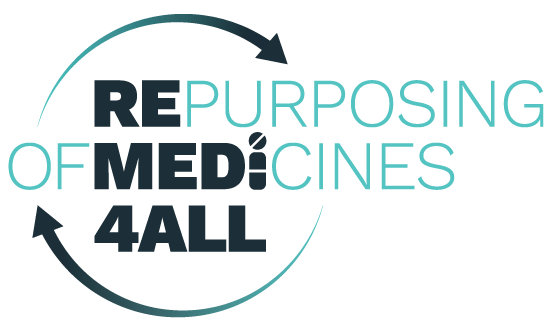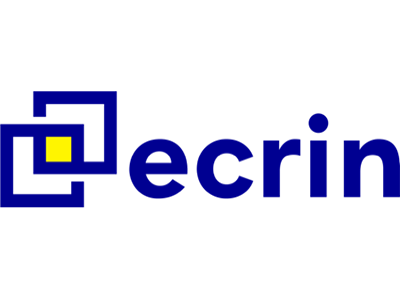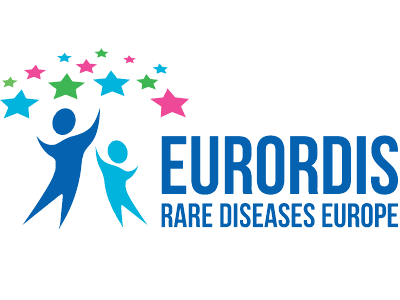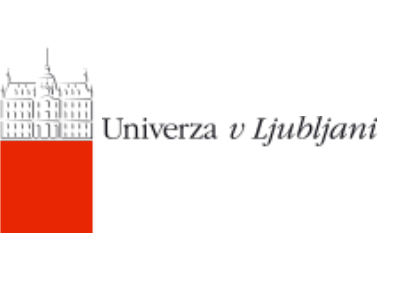”If I have seen further [than others], it is by standing on the shoulders of giants” – Isaac Newton, 1675
ALKAPTONURIA (AKU)
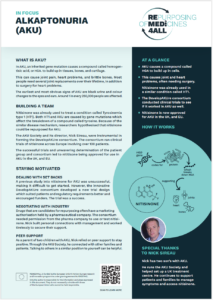 In AKU, an inherited gene mutation causes a compound called homogentisic acid, or HGA to build up in tissues, bones, and cartilage.
In AKU, an inherited gene mutation causes a compound called homogentisic acid, or HGA to build up in tissues, bones, and cartilage.
This can cause joint pain, heart problems, and brittle bones. Most people need several joint replacements over their lifetime, in addition
to surgery for heart problems.
The earliest and most obvious signs of AKU are black urine and colour changes to the eyes and ears. Around 1 in every 250,000 people are affected.
LI FRAUMENI SYNDROME (LFS)
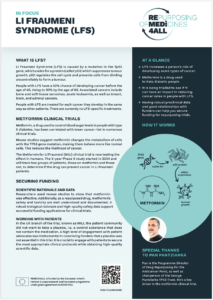 Li Fraumeni Syndrome (LFS) is caused by a mutation in the Tp53 gene, which codes for a protein (called p53) which suppresses tumour
Li Fraumeni Syndrome (LFS) is caused by a mutation in the Tp53 gene, which codes for a protein (called p53) which suppresses tumour
growth. p53 regulates the cell cycle and prevents cells from dividing uncontrollably to form a tumour.
People with LFS have a 50% chance of developing cancer before the age of 40, rising to 90% by the age of 60. Associated cancers include
bone and soft tissue sarcomas, acute leukaemia, as well as breast, brain, and adrenal cancers.
People with LFS are treated for each cancer they develop in the same way as other patients. There are currently no LFS-specific treatments.
NIEMANN-PICK TYPE C (NPC)
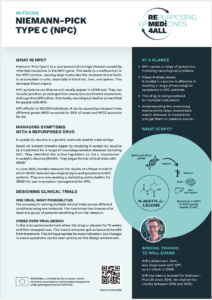 Niemann-Pick Type C is a rare lysosomal storage disease caused by inherited mutations in the NPC1 gene. This leads to a malfunction in the NPC1 protein, causing large molecules like cholesterol and lipids to accumulate in cells, especially in the brain, liver, and spleen. This damages these organs.
Niemann-Pick Type C is a rare lysosomal storage disease caused by inherited mutations in the NPC1 gene. This leads to a malfunction in the NPC1 protein, causing large molecules like cholesterol and lipids to accumulate in cells, especially in the brain, liver, and spleen. This damages these organs.
NPC symptoms are diverse and usually appear in childhood. They can include jaundice, an enlarged liver, ataxia (uncoordinated movement), and cognitive difficulties. Eventually, neurological decline proves fatal for people with NPC.
NPC affects 1 in 120,000 individuals. It can be caused by changes in two different genes: NPC1 accounts for 95% of cases and NPC2 accounts for 5%.
PRO SPECTRUM
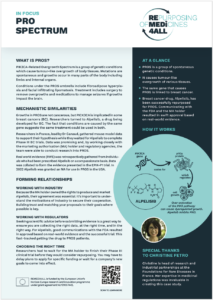 PIK3CA-Related Overgrowth Spectrum is a group of genetic conditions which cause tumour-like overgrowth of body tissues. Mutations are spontaneous and growths occur in many parts of the body including limbs and internal organs.
PIK3CA-Related Overgrowth Spectrum is a group of genetic conditions which cause tumour-like overgrowth of body tissues. Mutations are spontaneous and growths occur in many parts of the body including limbs and internal organs.
Conditions under the PROS umbrella include fibroadipose hyperplasia and facial infiltrating lipomatosis. Treatment includes surgery to
remove overgrowths and medications to manage seizures if growths impact the brain.
PRURIGO NODULARIS (PN)
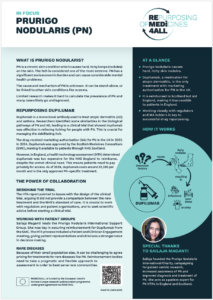 PN is a chronic skin condition which causes hard, itchy lumps (nodules) on the skin. The itch is considered one of the most extreme. PN has a significant socioeconomic burden and can cause considerable mental health problems.
PN is a chronic skin condition which causes hard, itchy lumps (nodules) on the skin. The itch is considered one of the most extreme. PN has a significant socioeconomic burden and can cause considerable mental health problems.
The cause and mechanism of PN is unknown. It can be stand-alone, or be linked to other skin conditions like eczema. Limited research makes it hard to calculate the prevalence of PN and many cases likely go undiagnosed.
